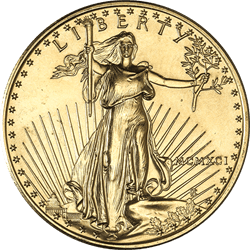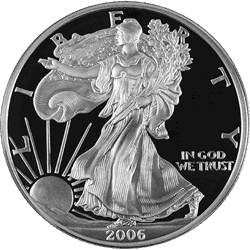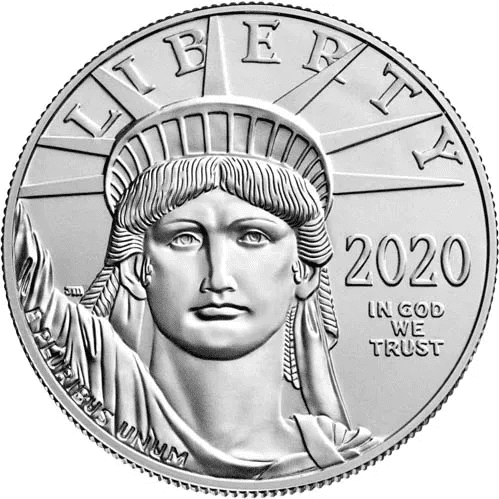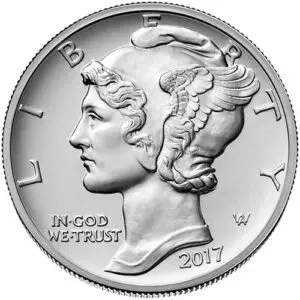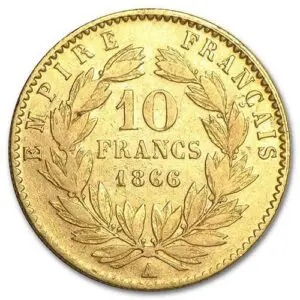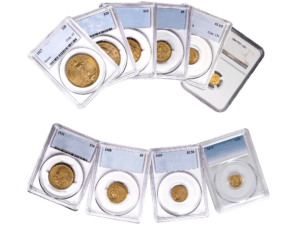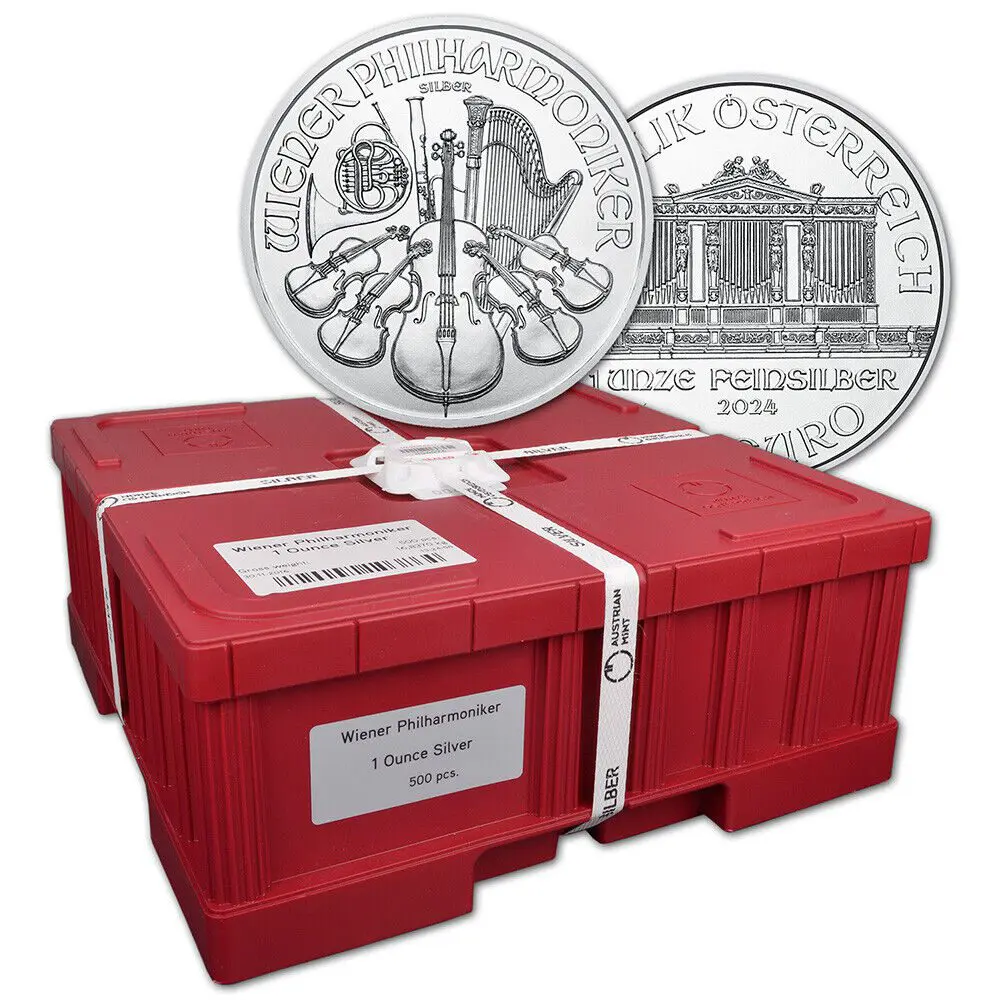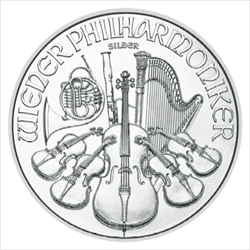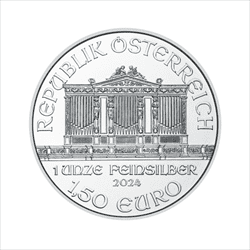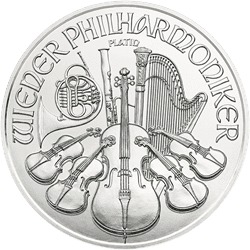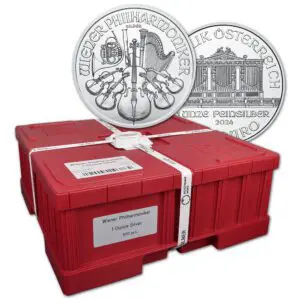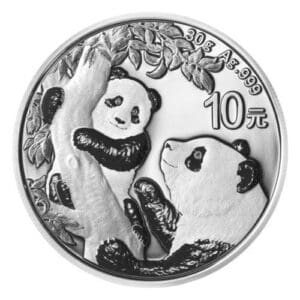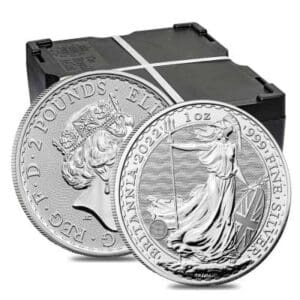Description
The Austrian Mint has released new tamper evident seals on mint tubes and monster boxes. The Austrian Philharmonic Silver Coin is a legal tender coin of Austria. Produced annually by the Austrian Mint, it was first minted in 2008. The Philharmonic is now the highest minted and most well-known silver bullion coin from Europe.
The coin was designed by Thomas Pesendorfer, the Austrian Mint’s chief engraver. For the reverse side he chose eight characteristic orchestral instruments: four violins either side of a cello in the foreground and the Viennese horn, the bassoon and the harp behind. The obverse side features the famous pipe organ from the Goldener Saal of the Viennese Musikverein, recognized throughout the world as the backdrop to the Philharmonic’s New Year concerts. The organ case was designed by the architect Theophil von Hansen, who was responsible for the whole building. The original organ was built by Friedrich Ladegast in 1872 and since then the organ has been renovated and replaced on various occasions, the last being in 2011. Visually, the body of the organ remains unchanged despite technical alterations. Above the organ, the words “Republik Oesterreich” stand in a semi-circle, while the weight and denomination of the coin, with the date of issue below, stand beneath the balustrade of the organ.
When the Austrian Mint first issued Vienna Philharmonic coins in silver in February 2008, it was the first time that a European silver bullion coin had been brought on to the market featuring silver of 99.9% purity. The market had long been waiting for a product of these characteristics and within a month of the date of issue, the millionth coin was struck. By the end of 2008, eight million Vienna Philharmonic coins in silver had been sold. Since sales began of 1 February 2008, this silver coin has been struck exclusively in the 1 ounce version and in a quantity that reflects market demand. Several million are sold every year.
The Vienna Philharmonic
There is perhaps no other musical ensemble more consistently and closely associated with the history and tradition of European classical music than the Vienna Philharmonic. In the course of its 175 year history, the musicians of this most prominent orchestra of the capital city of music have been an integral part of a musical epoch which due to an abundance of uniquely gifted composers and interpreters must certainly be regarded as unique.






